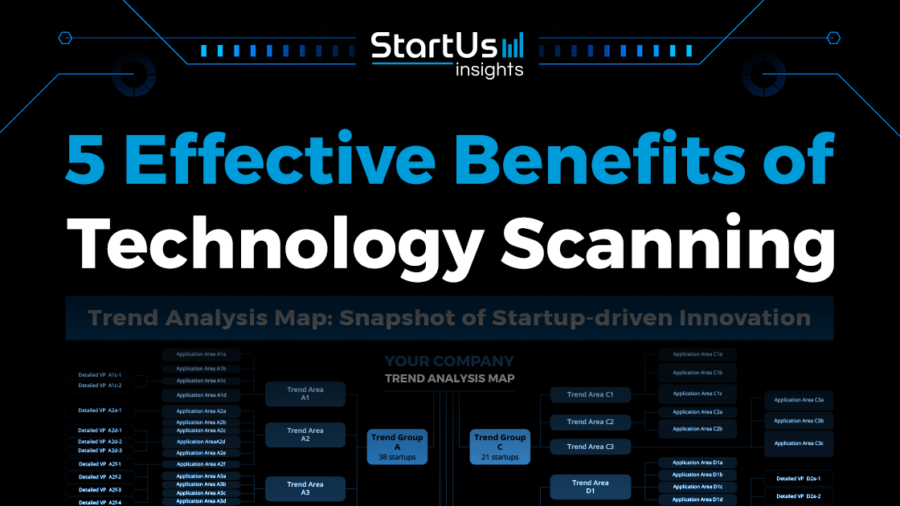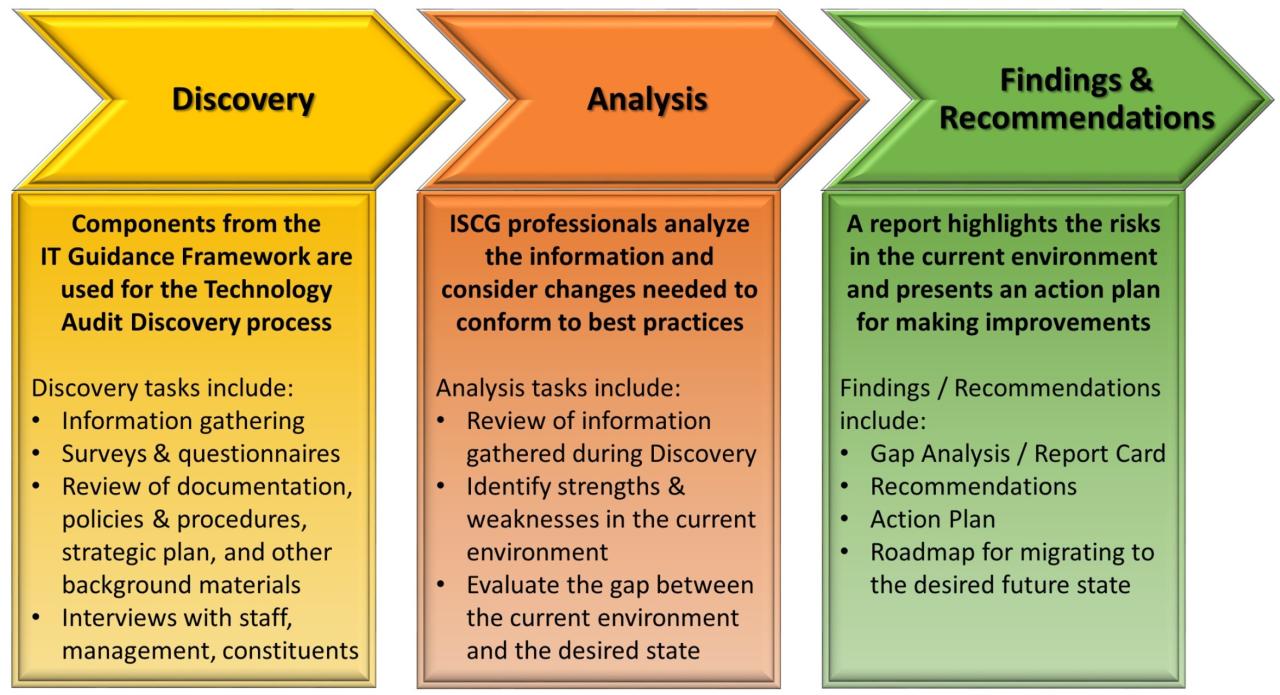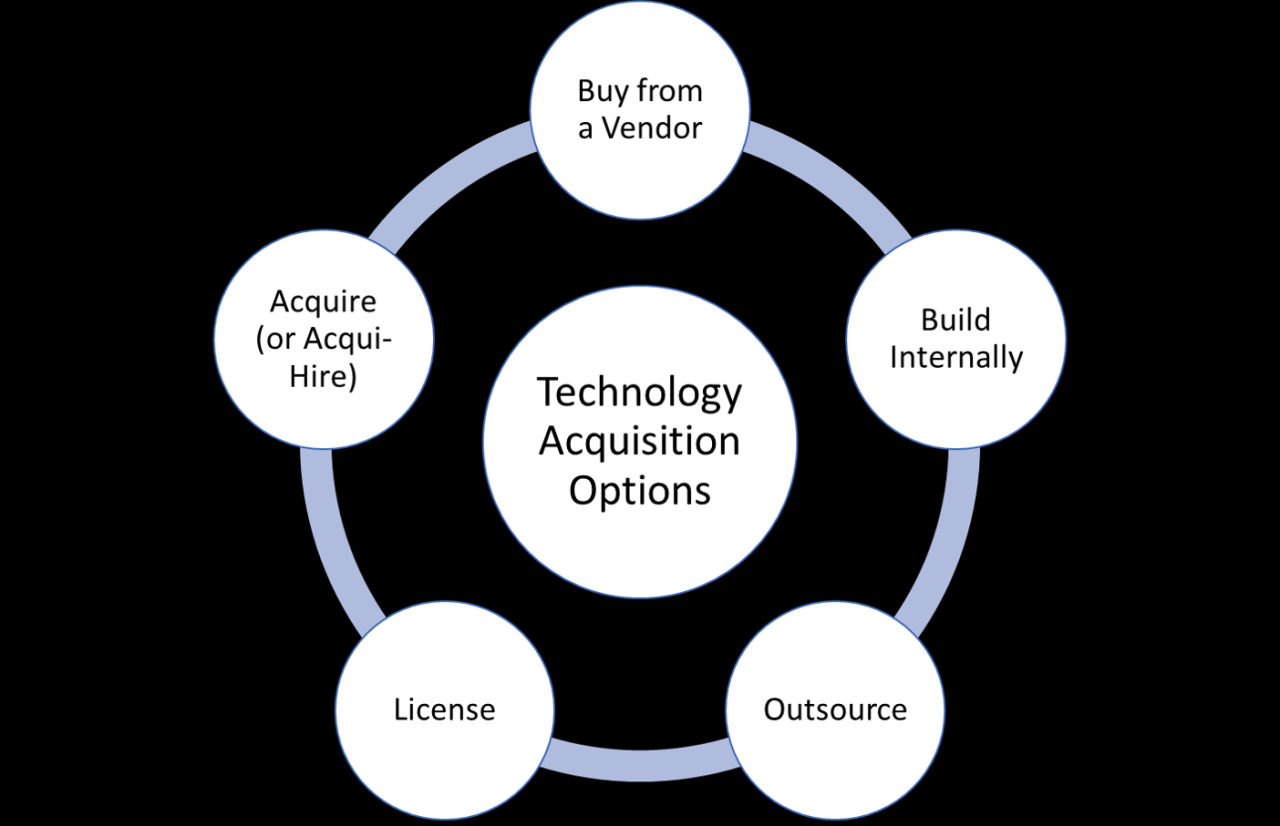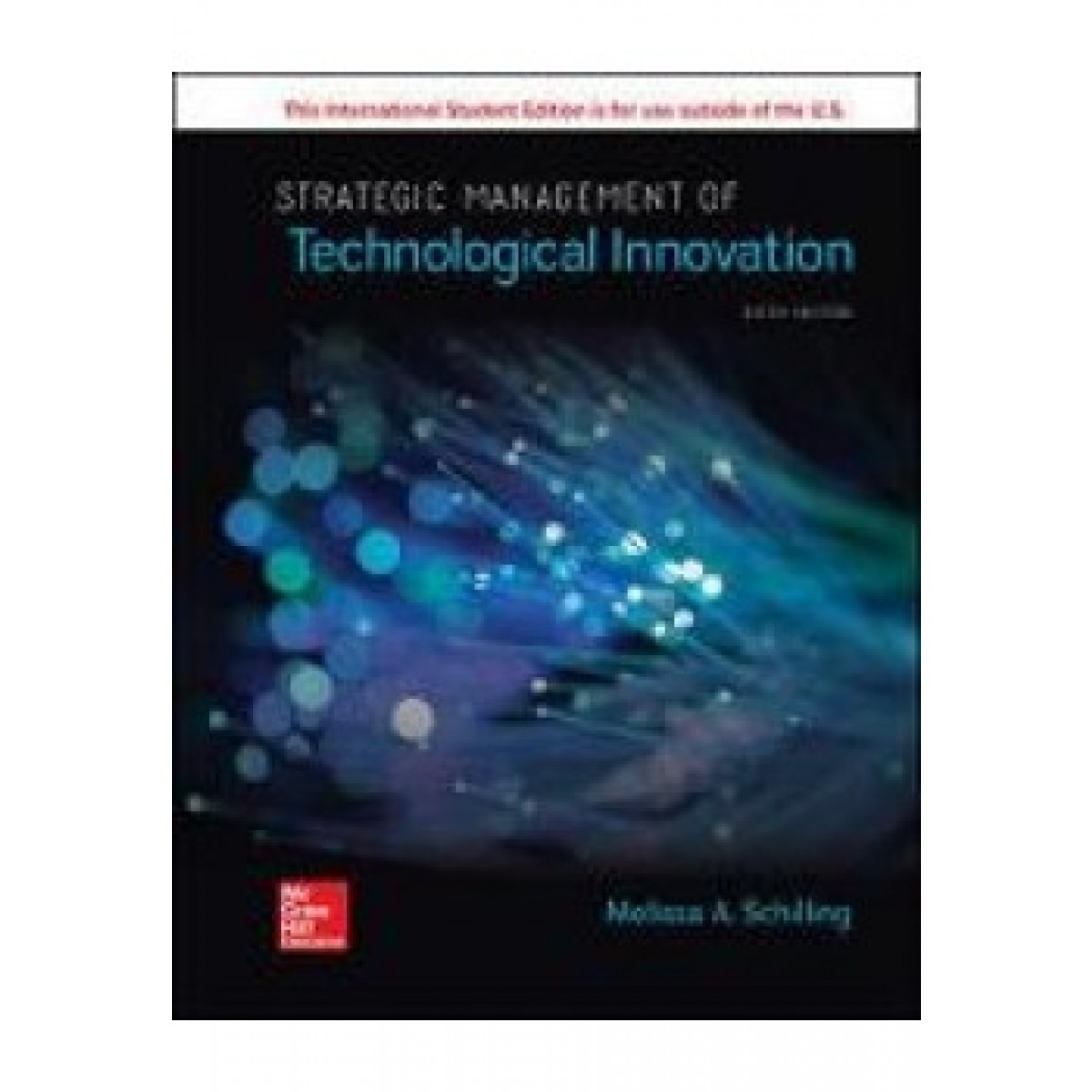Technology Scanning: A Guide to Future Trends
Technology scanning, a crucial process for organizations, involves systematically monitoring and analyzing emerging technologies to identify potential opportunities and threats. By understanding the evolving landscape of technology, businesses can make […]

Technology scanning, a crucial process for organizations, involves systematically monitoring and analyzing emerging technologies to identify potential opportunities and threats. By understanding the evolving landscape of technology, businesses can make informed decisions, adapt to changing market dynamics, and gain a competitive edge.
This process encompasses a wide range of activities, from researching industry trends and competitor activities to analyzing patent data and exploring new technologies. It requires a combination of analytical skills, industry knowledge, and a forward-thinking mindset.
Challenges and Considerations: Technology Scanning
Technology scanning, while a powerful tool for identifying emerging trends and opportunities, comes with its own set of challenges and considerations. It’s crucial to acknowledge these complexities to effectively utilize technology scanning and avoid potential pitfalls.
Data Overload and Information Bias
Technology scanning involves sifting through vast amounts of data from diverse sources. This data overload can be overwhelming, making it challenging to identify relevant information and separate signal from noise. Furthermore, information bias can influence the selection and interpretation of data, potentially leading to skewed results.
- Data Overload: The rapid pace of technological advancements generates an enormous amount of information. Filtering through this data to identify relevant trends and insights can be time-consuming and resource-intensive.
- Information Bias: Data sources may have inherent biases, such as focusing on specific industries or technologies, or favoring certain perspectives. This can distort the overall picture and lead to inaccurate conclusions.
Ethical Considerations in Technology Scanning
Technology scanning often involves collecting and analyzing data about individuals, organizations, and societies. It’s crucial to consider ethical implications and ensure responsible data handling.
- Data Privacy and Security: Technology scanning can involve collecting sensitive data, raising concerns about privacy and security. It’s essential to adhere to data protection regulations and ensure responsible data management practices.
- Transparency and Accountability: Organizations conducting technology scanning should be transparent about their methods and data sources. They should also be accountable for the ethical implications of their findings and how they are used.
- Social Impact: Technology scanning can have significant social implications. It’s important to consider the potential impact on individuals, communities, and society as a whole, and to mitigate any negative consequences.
Potential Risks and Limitations of Technology Scanning
Technology scanning is not without its risks and limitations. These factors should be considered to ensure accurate and reliable insights.
- Limited Scope: Technology scanning often focuses on specific areas or industries, potentially overlooking emerging trends in other domains.
- Forecasting Accuracy: Predicting the future of technology is inherently challenging. Technology scanning provides insights but does not guarantee accurate predictions.
- Overreliance on Technology: Over-reliance on technology scanning tools and algorithms can lead to a lack of critical thinking and a failure to consider alternative perspectives.
Overcoming Challenges and Mitigating Risks
To address the challenges and mitigate the risks associated with technology scanning, organizations can adopt several strategies.
- Data Filtering and Validation: Implement robust data filtering techniques to identify relevant information and validate data sources for accuracy and bias.
- Ethical Guidelines: Develop clear ethical guidelines for data collection, analysis, and dissemination.
- Multidisciplinary Teams: Assemble multidisciplinary teams with expertise in technology, ethics, and social sciences to provide a holistic perspective.
- Continuous Learning: Stay abreast of technological advancements, ethical considerations, and best practices in technology scanning.
Conclusive Thoughts

In conclusion, technology scanning is an essential practice for organizations seeking to navigate the ever-changing technological landscape. By staying ahead of the curve, businesses can capitalize on emerging opportunities, mitigate potential risks, and foster innovation. Whether it’s leveraging artificial intelligence, exploring blockchain technology, or embracing the power of big data, technology scanning provides the insights needed to make informed decisions and drive success in the digital age.
Technology scanning is crucial for staying ahead in any industry, and the dental field is no exception. Advancements in dental implant technology, like those found in dental implant technology Philadelphia , are revolutionizing the way we treat tooth loss.
By closely monitoring these developments, dentists can ensure they offer their patients the most innovative and effective solutions.








